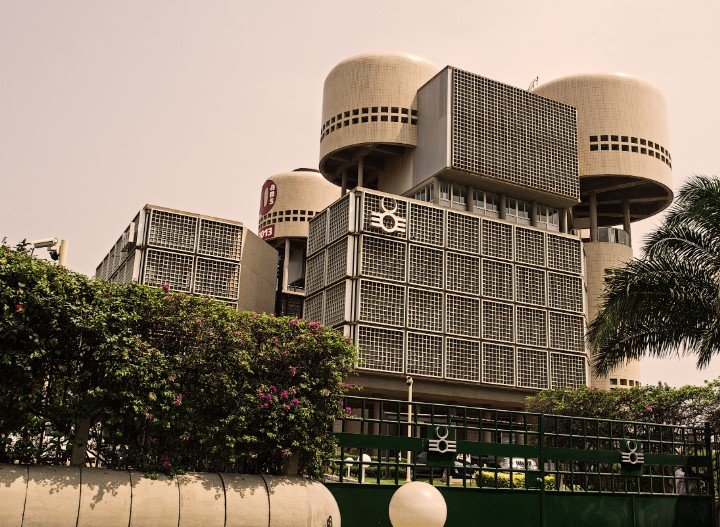Massive 1GW solar project aims to transform Egypt’s energy grid, ease climate pressure, and court private sector interest
In a bold move to cement its renewable energy ambitions, Egypt just landed a $476 million funding package to develop one of the country’s largest solar energy projects to date. The African Development Bank, along with key global partners, is stepping in to finance a 1GW solar photovoltaic power plant with a battery storage system, signaling growing investor confidence in Egypt’s energy transition.
The deal, approved on June 11, brings together financial heavyweights: the African Development Bank (AfDB), European Bank for Reconstruction and Development (EBRD), and British International Investment (BII). All three have committed to supporting the project’s special purpose vehicle—Obelisk Solar Power SAE, a firm owned by Norway’s Scatec ASA.
A Green Powerhouse in the Making
The site for this mammoth plant will be Egypt’s Nagaa Hammadi region, a hot and arid location ideal for solar power generation. The project will not only supply 1GW of clean electricity but also integrate a 200 MWh battery energy storage system (BESS) to address intermittency—one of solar’s biggest downsides.
At its core, this isn’t just another solar farm. It’s a layered, long-term investment in energy security, financial stability, and climate resilience.
Obelisk Solar Power SAE, the vehicle established specifically for this project, will own and operate the facility. It’s backed by Scatec ASA, a company already known for similar renewable energy ventures across Africa and the Middle East.
This isn’t charity. It’s strategy.

Breaking Down the Money Trail
The numbers behind this green leap are just as big as the vision. Let’s unpack who’s putting in what:
-
AfDB is providing $184.1 million.
-
EBRD is stepping in with $173.5 million.
-
BII is contributing $115 million.
AfDB’s package includes:
-
$125.5 million in commercial loans
-
$20 million from the Sustainable Energy Fund for Africa (SEFA)
-
$18.6 million from the Canada-AfDB Climate Fund
-
$20 million from the Clean Technology Fund (through AfDB)
BII’s contribution includes a concessional $100 million loan and a $15 million returnable grant targeted at making the battery storage component more financially viable.
That grant, while smaller in size, plays an outsized role. Battery storage is expensive. And without some relief on the cost front, private sector involvement can get dicey. The grant helps solve that puzzle.
Not Just Financing—But De-Risking Too
It’s one thing to lend money. It’s another to take on risk, especially in frontier markets. That’s why EBRD’s inclusion of a first-loss cover guarantee for the first 18 years stands out.
This guarantee, under the EFSD+ program, acts like an insurance cushion. It means if things go south, EBRD eats the first chunk of loss. That’s a big win for Obelisk and Scatec. And it’s what makes this project such a standout case for blended finance—a term development folks throw around, but rarely with this much on-the-ground impact.
There’s also a $6.5 million grant from the EBRD Shareholder Special Fund, sweetening the deal further.
Why It Matters for Egypt’s Energy Playbook
Egypt isn’t new to solar power. It already made global headlines for the Benban Solar Park, one of the world’s largest. But this new project shows the country’s strategy is evolving.
A solar plant this size—paired with a battery storage system—moves the needle. It means not just clean power, but reliable clean power. And reliability is what attracts industries, boosts investor sentiment, and gives governments more wiggle room when negotiating power purchase agreements.
Here’s what this project brings to the table:
-
Massive job creation during construction and operations
-
Reduced reliance on fossil fuels
-
Long-term economic diversification
-
Increased foreign investment credibility
-
A cleaner grid aligned with global climate targets
In short, it’s a triple win—for Egypt’s economy, its energy ecosystem, and the environment.
A Look at the Blended Capital Structure
Here’s a closer look at how the full financing stack lines up:
| Institution | Type of Support | Amount (in $ million) |
|---|---|---|
| AfDB | Loans & Grants | 184.1 |
| EBRD | Loans & Grants | 173.5 |
| BII | Loan + Grant | 115.0 |
| Total | 472.6 |
There’s a small rounding difference in publicly reported totals (some documents cite $475.6M), but this chart gives a clear sense of scale and contribution.
Climate, Credibility, and the Long Game
It’s easy to get caught up in the dollar signs. But at its heart, this project is about reshaping Egypt’s climate credentials. Every kilowatt-hour from this plant replaces fossil fuel emissions. Every investor dollar builds a cleaner future.
The inclusion of funds like Canada’s AfDB Climate Fund and the Clean Technology Fund underscores how climate finance is becoming a diplomatic tool as much as an investment strategy.
And Egypt, which will host parts of COP meetings and regional climate summits in coming years, knows it needs results to back up the rhetoric.
So far? It’s delivering.
What’s Next?
There’s a long road from boardroom approvals to solar panels humming in the desert. Construction timelines haven’t been released yet, but stakeholders expect the first milestones to kick off within 2025 itself.
Permits, grid connections, EPC contracts—those are still ahead. But the funding blueprint is laid out. The political will is clear. And the partners are seasoned.
For now, the spotlight is firmly on Nagaa Hammadi. But make no mistake—if this project succeeds, it’ll set a template for how large-scale green infrastructure can actually get done in emerging markets.
